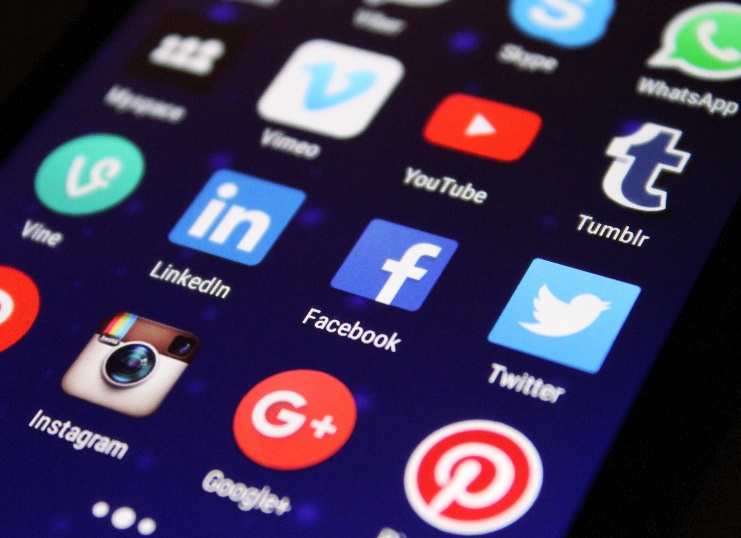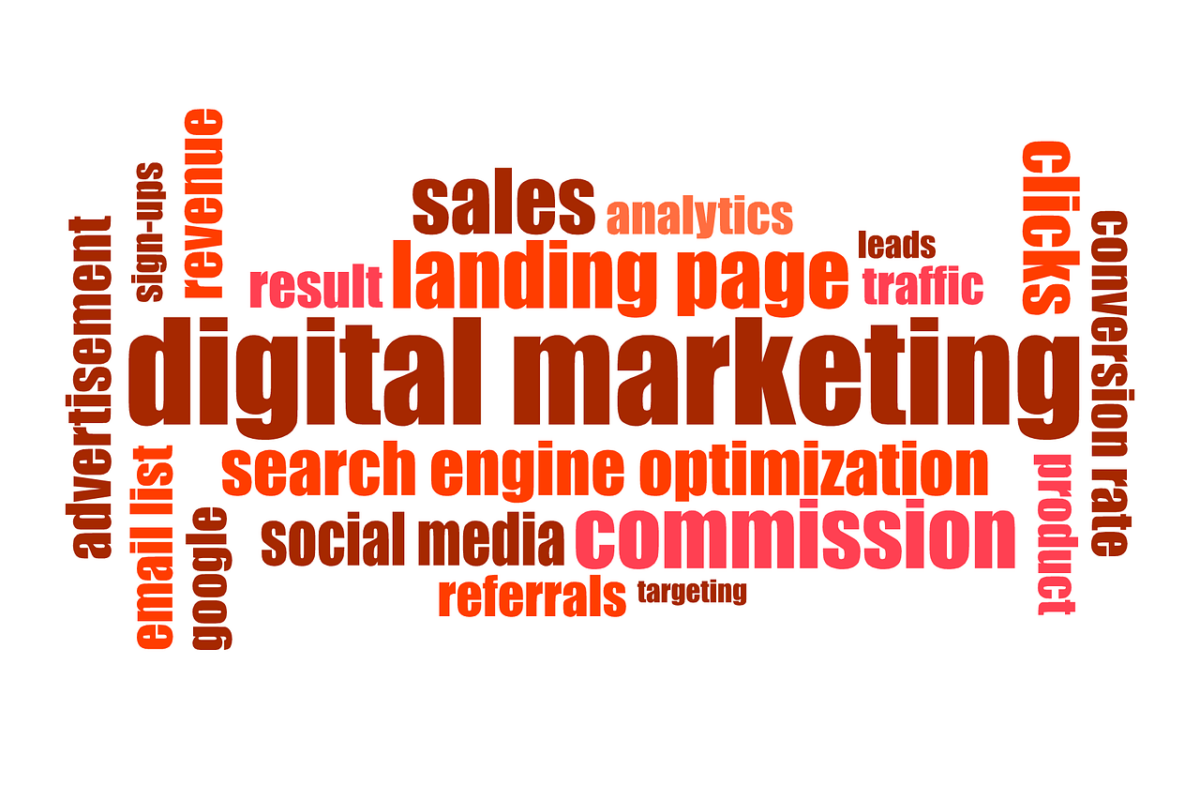How paid features are going to change social media platforms?

Social media platforms are trying to find ways to make more revenue. One way to do that is to offer a paid version of the platform. Paid features have been around for years, but social media platforms are pushing forward with paid features. Facebook will likely integrate the features that they have tested and Twitter is introducing several new paid features. The question is, will users pay for the features, and will they like the features they see? The answer to that question is likely, yes, they will pay.
Facebook has prepared paid features for users who want to get more likes on the posts paying for it. Earlier, Facebook had asked users to pay for the so-called “Facebook Credits” for the non-game apps. Even though Facebook has withdrawn the advertisement related to the Facebook credits, the users are now looking forward to other alternatives. Twitter recently started charging $8 for blue verification checkmark.
As the popularity of social media grows, so does the number of users on each platform. With the number of users growing, the number of applications and features has grown. Most social media platforms have tried to monetize their services to make a profit, but they have failed to do so effectively and they have also failed to integrate their paid services with their free services.

The impact of the paid features
The disappearance of free social networking sites would be a huge game-changer for how people use the internet. The biggest worry is that a two-tiered system would emerge, where those who can afford it would have access to exclusive paid-for applications while everyone else would be stuck with free or even non-profit apps. This would create a clear divide between the – have’s and have not’s when it comes to internet access.
Collaboration between social media platforms and creators is greatly facilitated by the subscription model. Platforms can draw more users and encourage authors to develop more content by providing incentives for content creation. Both parties benefit from this situation. The rationale for paid features is that they help to generate revenue for the app, which can be used to improve the app and add new features. Paid features also help to keep the app free of ads, which can be intrusive and annoying for users.
Conclusion
Social media is a platform to connect people, share information and knowledge, create communities, and help people create a better place to live. But the business world has changed, and social media is not just a place for people to connect with society, but also a platform for businesses to expand their reach, promote their brand, and connect with their users. Facebook is the biggest social media platform and therefore, justifies the highest price for its ads. But this is going to change. Facebook has announced the rollout of its paid features. Twitter, Instagram, Pinterest, and LinkedIn have also announced the rollout of their paid features. By providing good value for money, YouTube has developed a profitable subscription business model. To draw more consumers to your subscription service, it is crucial to provide the appropriate features. The success of a feature is frequently based on how exclusive it is. The subscription services offered by some platforms emphasize exclusive access to creators, while others emphasize the removal of ads, and yet others are attempting to combine the two. Apart from YouTube, most platforms are still in the early phases of offering paid services. Social media platforms need to find a balance between paid features and free-to-use features. If all features are paid, then users will be less likely to use the platform permanently. However, if all features are free, then the platform may not be able to generate enough revenue to sustain itself in the long run. We are currently in a transition period and are going to witness a lot of changes in the social media world. We could consider this as an after-effect of ownership of social media platforms under rich people. Anyways, we will witness more changes in this industry soon.
Related articles



